Oil pollution
Filter :
出版日期
主题
语言
内容类别
合集
Access Type
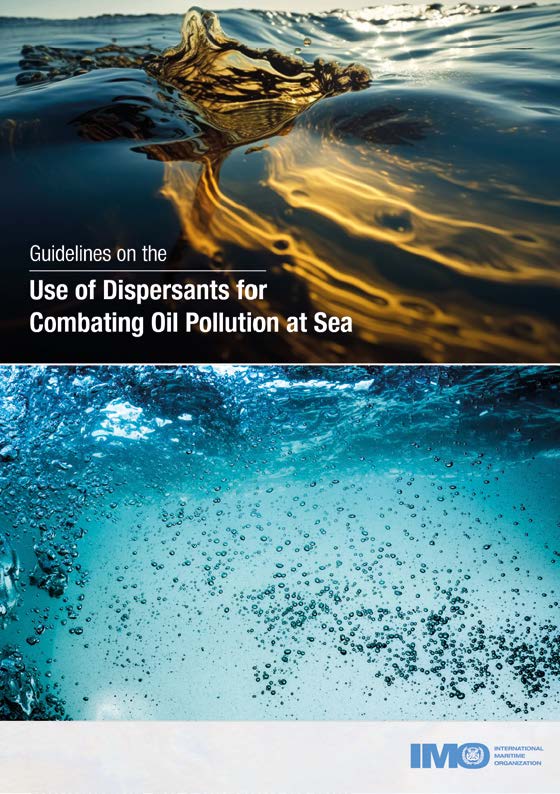
Guidelines on the Use of Dispersants for Combating Oil Pollution at Sea
The Guidelines provide up-to-date information on the use of oil spill dispersants for combating oil spills at sea. They are intended primarily for use by Member Governments and other oil spill responders and should be read with the Manual on Oil Pollution section IV: Combating Oil Spills.(IA569E).
The decision to review the existing IMO guidelines on the use of oil spill dispersants was taken at the 61st session of the Marine Environment Protection Committee (MEPC) of IMO. France in cooperation with Canada agreed to act as lead country through Centre de Documentation Recherché et Expérimentations sur les pollutions accidentelles des eaux (Cedre) and Department Fisheries and Oceans (DFO).
The guidelines are divided into four independent parts addressing different issues. Each part has been developed with a specific objective and aimed at different end-users:
- Part I – Basic Information on Dispersants and Their Application;
- Part II – Outline for a National Policy on the Use of Dispersants: Proposed Template for National Policy for the Use of Dispersants;
- Part III – Operational and Technical Sheets for Surface Application of Dispersants; and
- Part IV – Sub-sea Dispersant Application.

国际防止船舶造成污染公约
《1973年国际防止船舶造成污染公约》(《防污公约》)关系到通过防止油类和其它有害物质的污染和尽量减少此类物质的意外排放保护海上环境。其技术内容载于六个附则之中,前五个附则由经《1978年议定书》修订的《1973年公约》通过。这些附则述及油类、散装有毒液体物质、包装有害物质、船舶生活污水和船舶垃圾造成的污染。附则VI由《1997年议定书》通过它述及船舶造成的空气污染。
2022年综合文本的目的是提供一套简便和全面的文本,以便于参考《防污公约》条款、议定书和各附则的最新规定和统一解释,包括编入由海上环境保护委员会(环保会)通过的截至2022年11月1日生效的所有修正案。
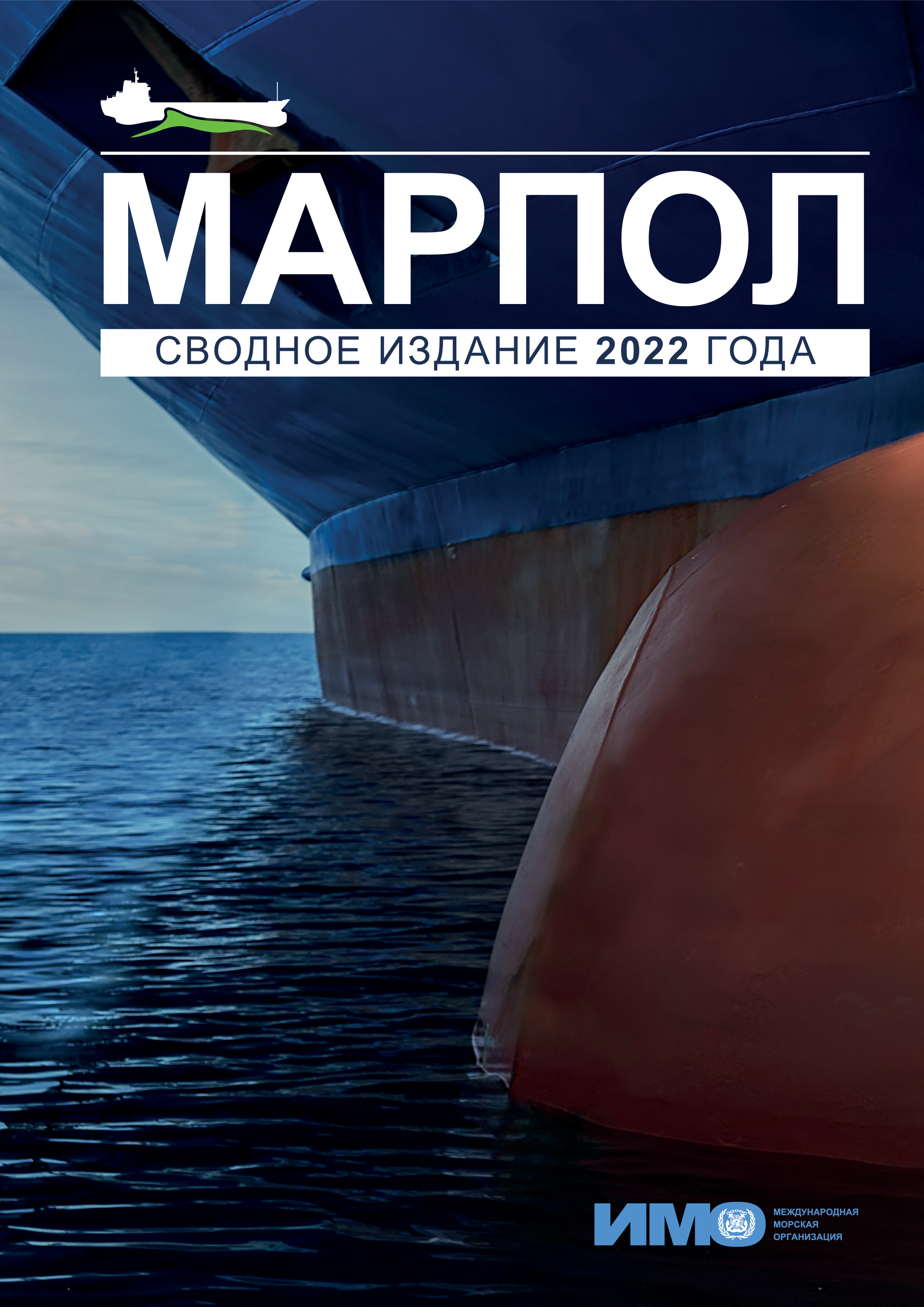
МАРПОЛ
Международная конвенция по предотвращению загрязнения моря с судов 1973 года (Конвенция МАРПОЛ) направлена на сохранение морской среды путем предотвращения загрязнения нефтью и другими вредными веществами и сведения к минимуму случайных сбросов таких веществ. Она включает шесть приложений технического характера первые пять из которых были приняты в соответствии с Конвенцией 1973 года измененной Протоколом 1978 года. Данные приложения охватывают загрязнение моря нефтью вредными жидкими веществами перевозимыми наливом вредными веществами в упаковке сточными водами с судов и мусором с судов. Приложение VI было принято Протоколом 1997 года и охватывает загрязнение воздушной среды с судов.
Сводное издание 2022 года представляет собой простой в использовании всеобъемлющий сборник действующих положений и единых толкований статей протоколов и приложений к Конвенции МАРПОЛ включая все поправки которые были одобрены Комитетом по защите морской среды (КЗМС) и вступили в силу до 1 ноября 2022 года включительно.
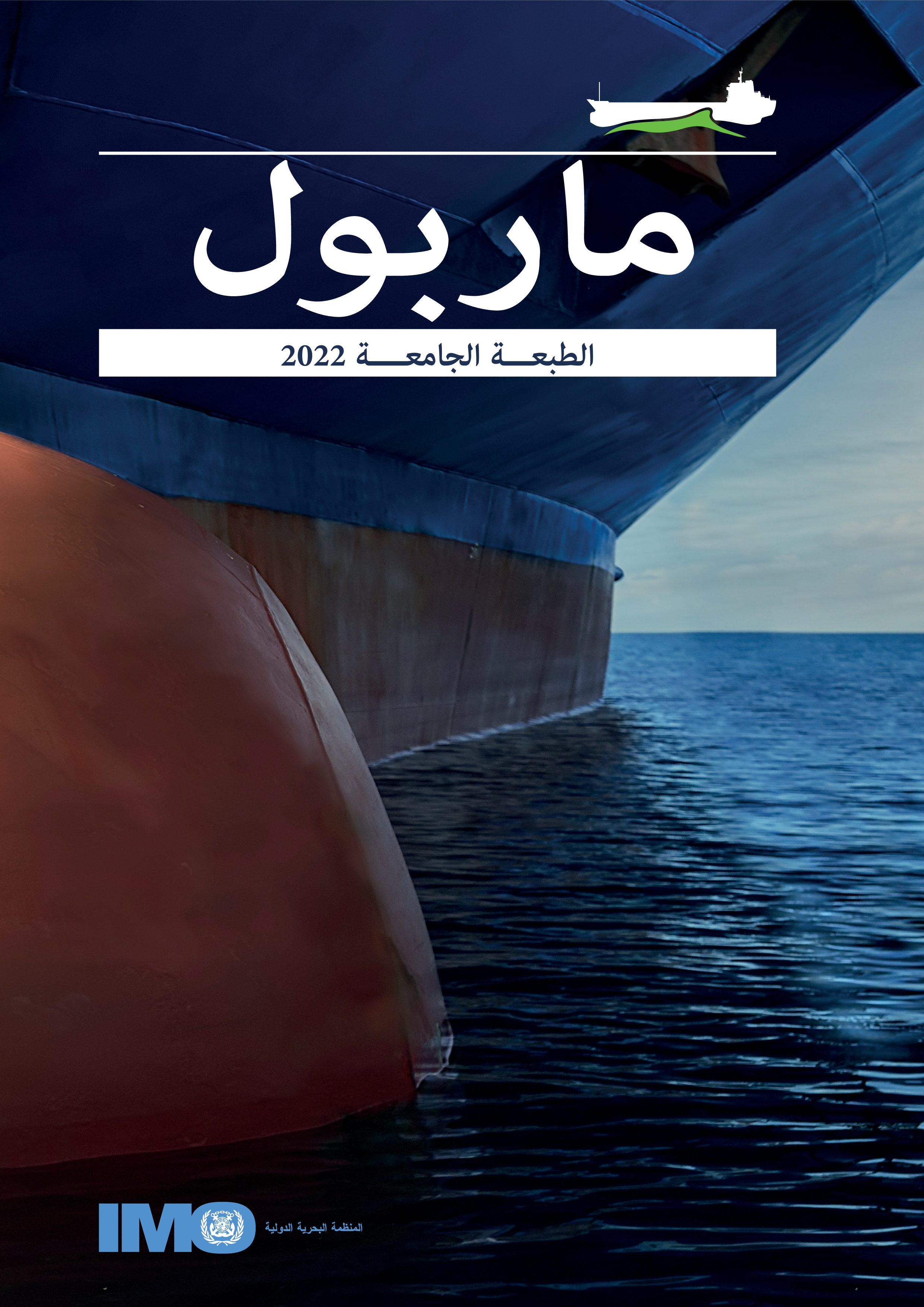
اتفاقية ماربول
الاتفاقية الدولية لمنع التلوث من السفن لعام 1973
تُعنى الاتفاقية الدولية لمنع التلوث من السفن لعام 1973 (اتفاقية ماربول) بالحفاظ على البيئة البحرية عبر الحيلولة دون تلوثها بالزيت وسائر المواد الضارة والتخفيف إلى الحد الأدنى من التسرُّب العرَضَي لهذه المواد. وتُعرَض الجوانب الفنية لهذه الاتفاقية في ستة مرفقات، اعتُمدت المرفقات الخمسة الأولى منها بموجب اتفاقية عام 1973، في صيغتها المعدلة ببروتوكول عام 1978 . وتتناول هذه المرفقات مسائل تلوث البحار من جراء الزيت والمواد الضارة السائلة السائبة والمواد الضارة المعبّأة المنقولة بحراً وقاذورات مجارير السفن والقمامة من السفن. واعتُمد المرفق VI ببروتوكول آخر في عام 1997، وهو يتناول تلوث الهواء من جراء السفن.
وتقدم الطبعة الجامعة لعام 2022 مرجعاً سهلاً و شاملاً إلى آخر الأحكام المحدَّثة من مواد اتفاقية ماربول ومن تفسيراتها الموحدة وبروتوكولاتها ومرفقاتها، مع إدراج كل التعديلات التي اعتمدتها لجنة حماية البيئة البحرية (MEPC) التي دخلت حيّز النفاذ اعتباراً من 1 تشرين الثاني/ نوفمبر 2022.
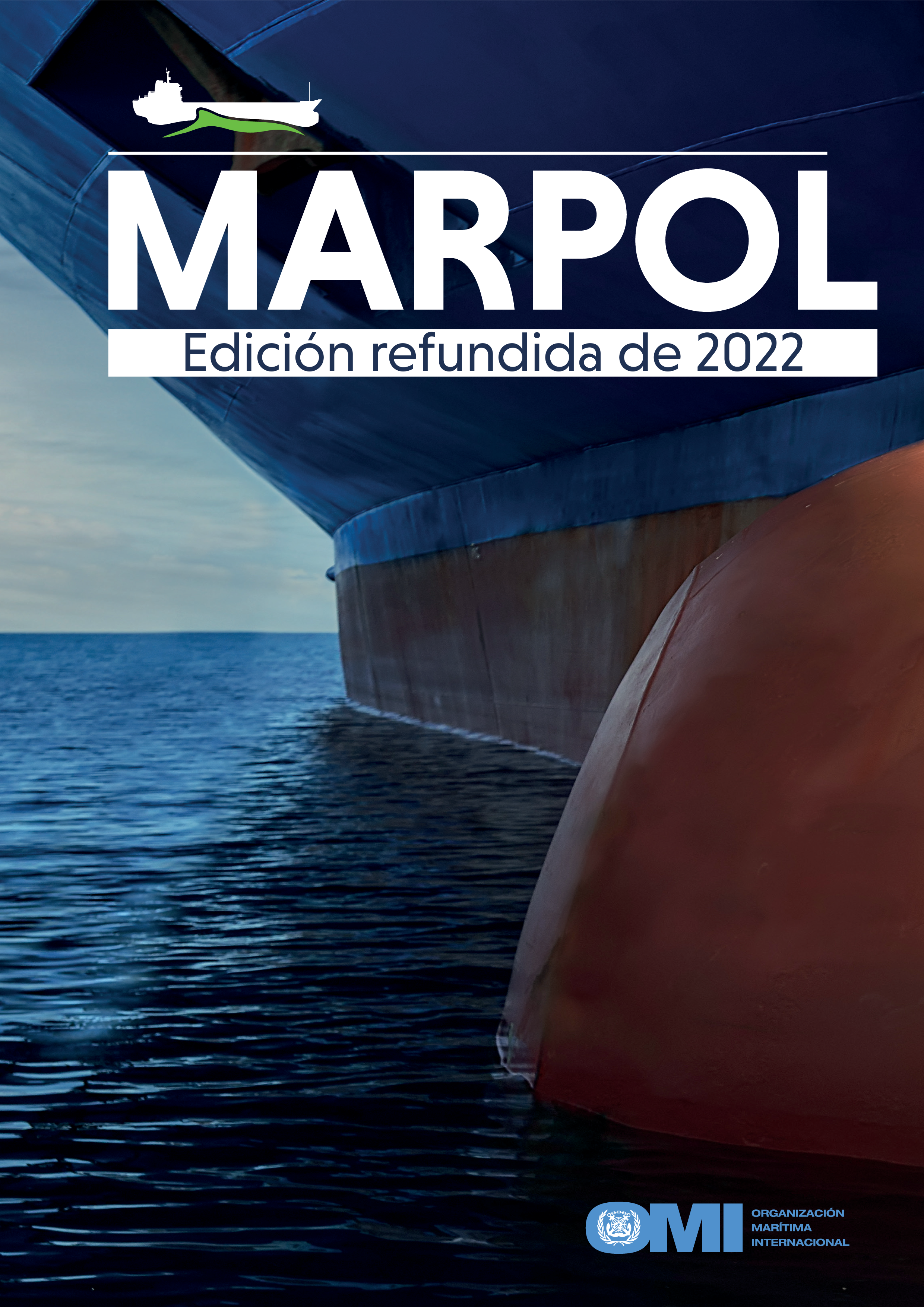
MARPOL
Convenio internacional para prevenir la contaminación por los buques, 1973
El Convenio internacional para prevenir la contaminación por los buques 1973 (Convenio MARPOL) tiene como finalidad la conservación del medio marino mediante la prevención de la contaminación por hidrocarburos y otras sustancias perjudiciales y la reducción al mínimo de las descargas accidentales de tales sustancias. Su contenido técnico está recogido en seis anexos de los cuales los cinco primeros fueron adoptados como parte del Convenio de 1973 modificado por el Protocolo de 1978. Estos anexos tratan de la contaminación por hidrocarburos por sustancias nocivas líquidas a granel por sustancias perjudiciales transportadas por mar en bultos por las aguas sucias de los buques y por las basuras de los buques. El Anexo VI fue adoptado mediante otro protocolo en 1997 y trata de la contaminación atmosférica ocasionada por los buques.
La edición refundida de 2022 tiene por objeto facilitar la consulta de las disposiciones e interpretaciones unificadas actualizadas de los artículos Protocolos y Anexos del Convenio MARPOL e incorpora todas las enmiendas que han sido adoptadas por el Comité de protección del medio marino (MEPC) con entrada en vigor hasta el 1 de noviembre de 2022.
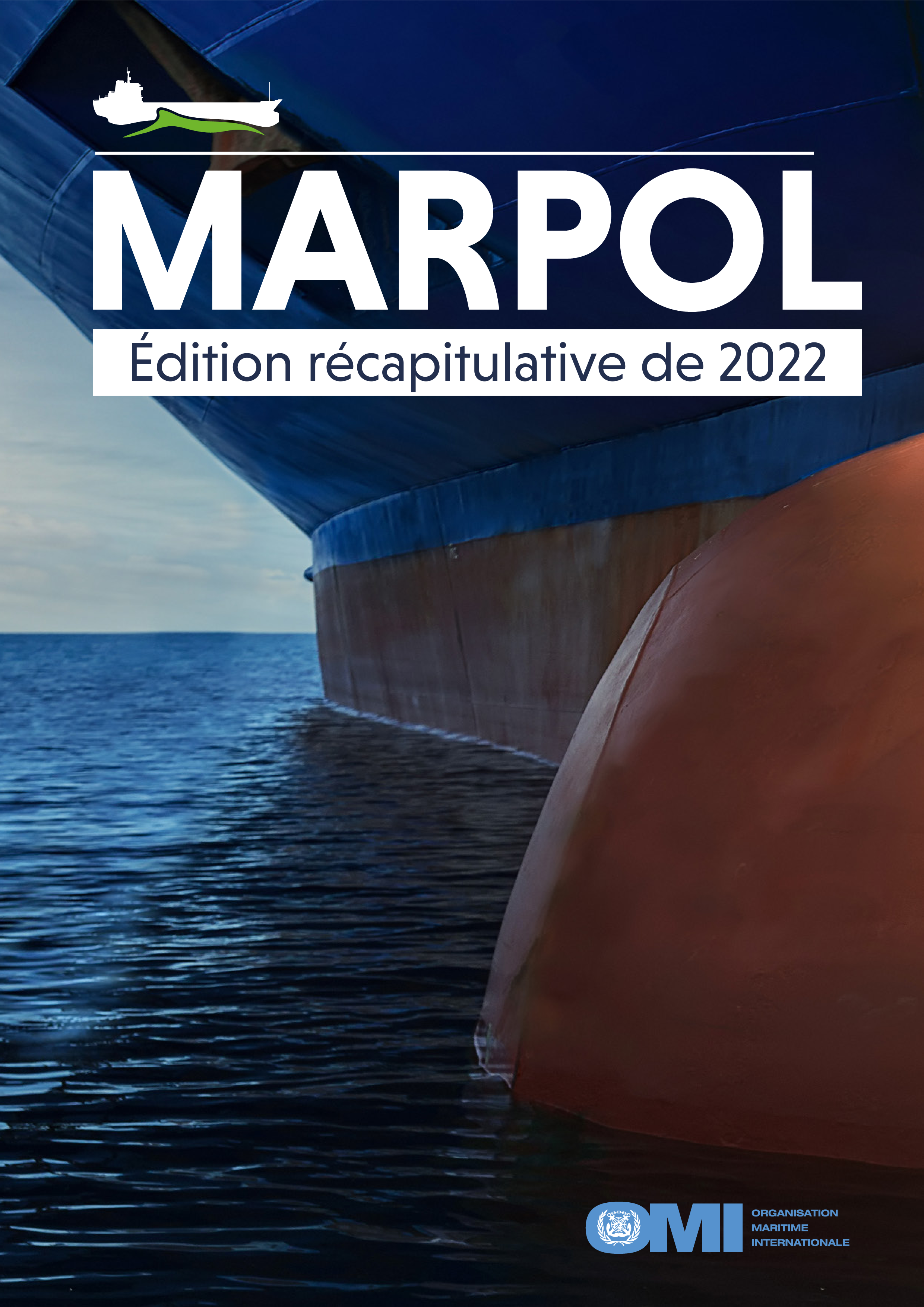
Convention MARPOL
Convention Internationale de 1973 pour la Prévention de la Pollution par les Navires
La Convention internationale de 1973 pour la prévention de la pollution par les navires (Convention MARPOL) a pour objet de protéger le milieu marin en prévenant la pollution par les hydrocarbures et autres substances nuisibles et en réduisant au minimum les déversements accidentels de ces substances. Les règles techniques qu’elle contient sont énoncées dans ses six Annexes dont les cinq premières figuraient dans la Convention de 1973 telle que modifiée par le Protocole de 1978. Ces Annexes portent sur la pollution des mers par les hydrocarbures par les substances liquides nocives transportées en vrac par les substances nuisibles transportées par mer en colis par les eaux usées des navires et par les ordures des navires. L’Annexe VI a été adoptée par un autre Protocole en 1997 et porte sur la pollution de l’atmosphère par les navires.
L’édition récapitulative de 2022 vise à permettre de se reporter facilement à toutes les versions à jour des dispositions et Interprétations uniformes des articles des Protocoles et des Annexes de la Convention MARPOL en incorporant tous les amendements adoptés par le Comité de la protection du milieu marin (MEPC) en vigueur au 1er novembre 2022.
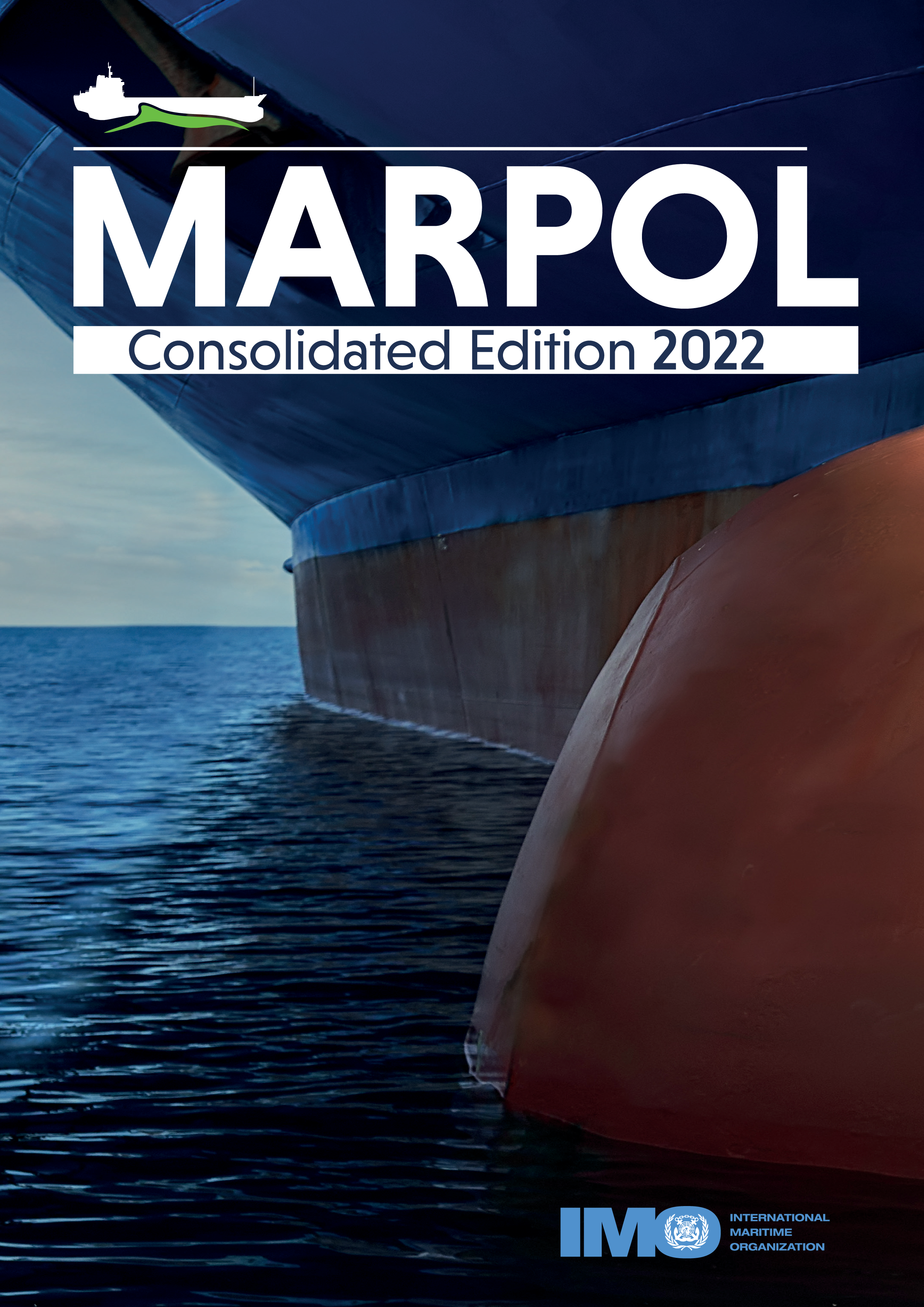
MARPOL
Articles, Protocols, Annexes and unified interpretations of the International Convention for the Prevention of Pollution from Ships, 1973, as modified by the 1978 and 1997 Protocols
By clicking on the "Read" button on this page you will be accessing the PDF of the full book. To access the Full-Text version and PDFs of the individual chapters click on the “Chapters” tab and select the chapter you would like to read.
The International Convention for the Prevention of Pollution from Ships 1973 (MARPOL Convention) is concerned with preserving the marine environment through the prevention of pollution by oil and other harmful substances and the minimization of accidental discharge of such substances. Its technical content is laid out in six Annexes the first five of which were adopted by the 1973 Convention as modified by a 1978 Protocol. These Annexes cover pollution of the sea by oil by noxious liquid substances in bulk by harmful substances in packaged form by sewage from ships and by garbage from ships. Annex VI was adopted by a further Protocol in 1997 and covers air pollution from ships.
The 2022 consolidated edition provides an easy and comprehensive reference to the up-to-date provisions and unified interpretations of the articles Protocols and Annexes of the MARPOL Convention including the incorporation of all of the amendments that have been adopted by the Marine Environment Protection Committee (MEPC) with entry into force up to 1 November 2022.
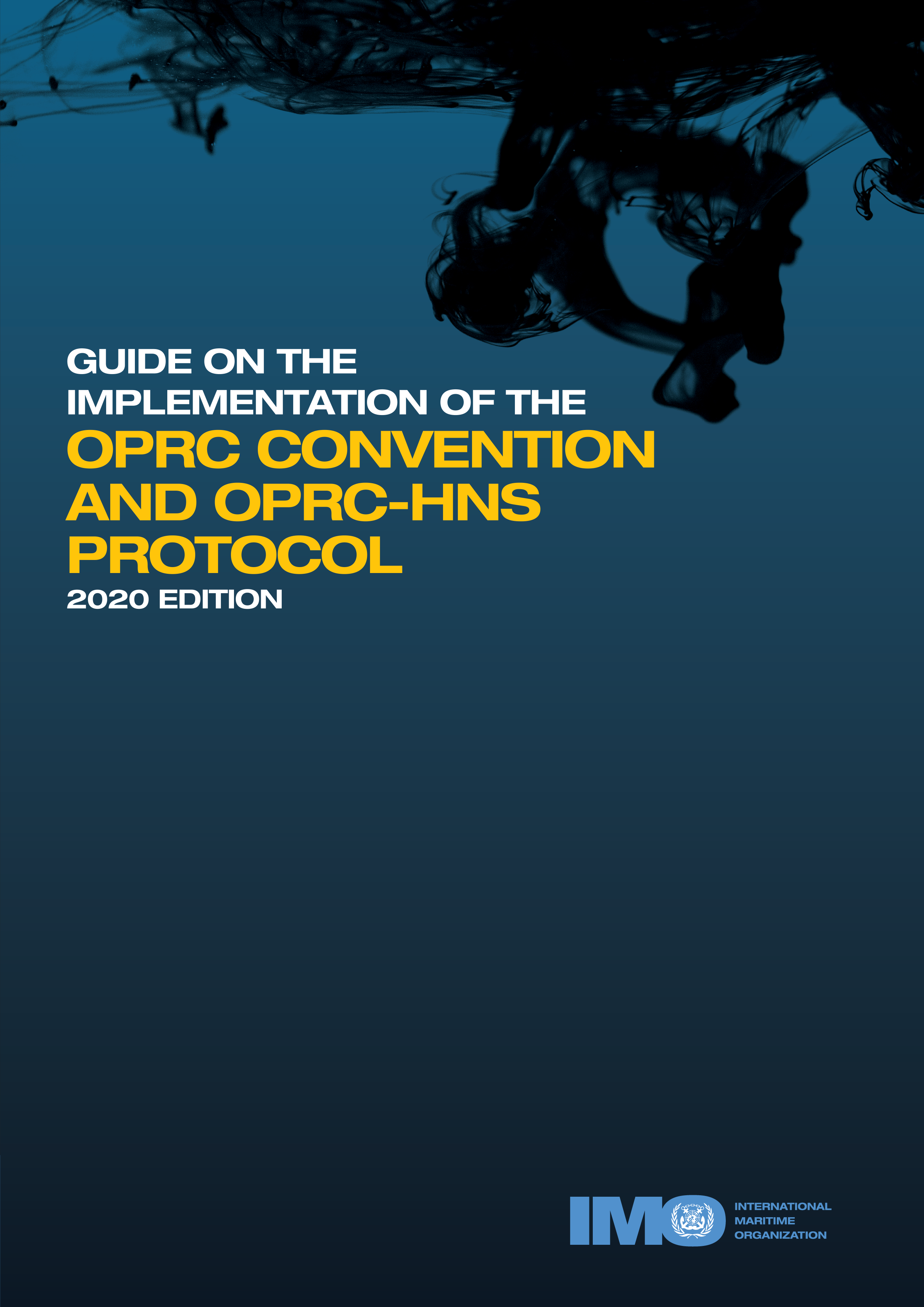
Guide on the Implementation of the OPRC Convention and OPRC-HNS Protocol
The Guide to the Implementation of the OPRC Convention and OPRC-HNS Protocol provides a step-wise approach for the planning preparedness and implementation process at national and regional levels; and identifies existing publications and available support mechanisms to assist.
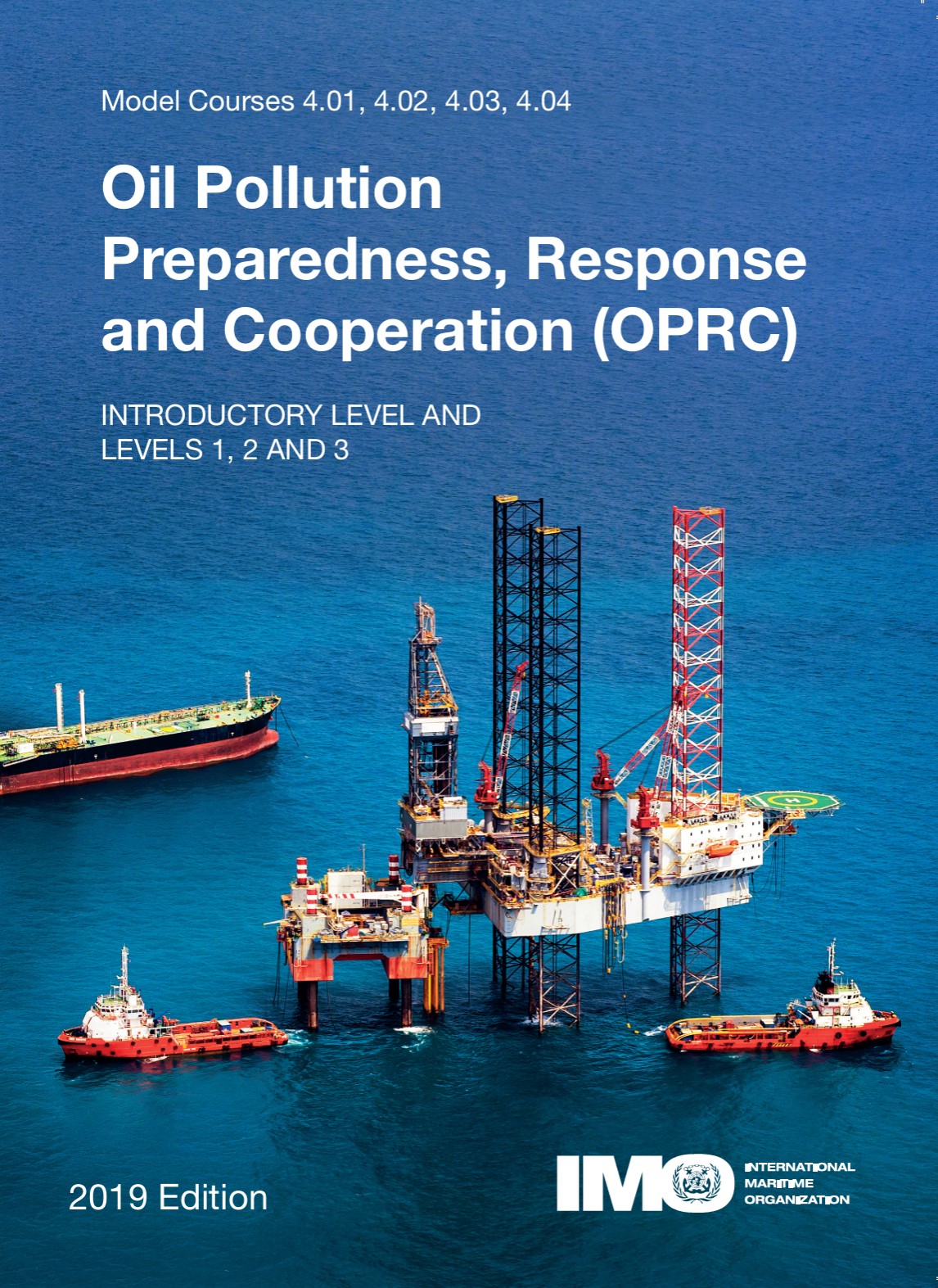
Oil Pollution, Preparedness, Response and Cooperation
Model courses 4.01, 4.02, 4.03, 4.04: Introductory level and levels 1, 2 and 3
The International Maritime Organisation (IMO) has developed the model courses on oil pollution preparedness response and cooperation (OPRC) to provide guidance for preparedness and response to marine oil spills from ships.
The courses take into particular account the training needs of developing countries and include sufficient flexibility so that they may be easily tailored to address specific national and regional needs. Collectively the suite of courses has been designed to address all aspects of oil spill planning response and management. Each course comprises an instructor’s manual a participant’s manual and PowerPoint presentations and exercises for each course module.
The contents of this course can be downloaded from the "Supplements" tab and include:
- OPRC Introductory Level (Model course 4.01);
- OPRC Level 1: First Responder (Model course 4.02);
- OPRC Level 2: Supervisor/On-Scene Commander (Model course 4.03);
- OPRC Level 3: Administrator and Senior Manager (Model course 4.04);
- A set of Supplementary material comprising a video presentation and a document with useful links.

Manual on Oil Pollution: Section II – Contingency Planning
This publication aims to assist governments in establishing a national oil spill response system and in developing or revising their national oil spill contingency plans. The manual also includes information related to contingency planning for offshore installations sea ports and oil handling facilities.
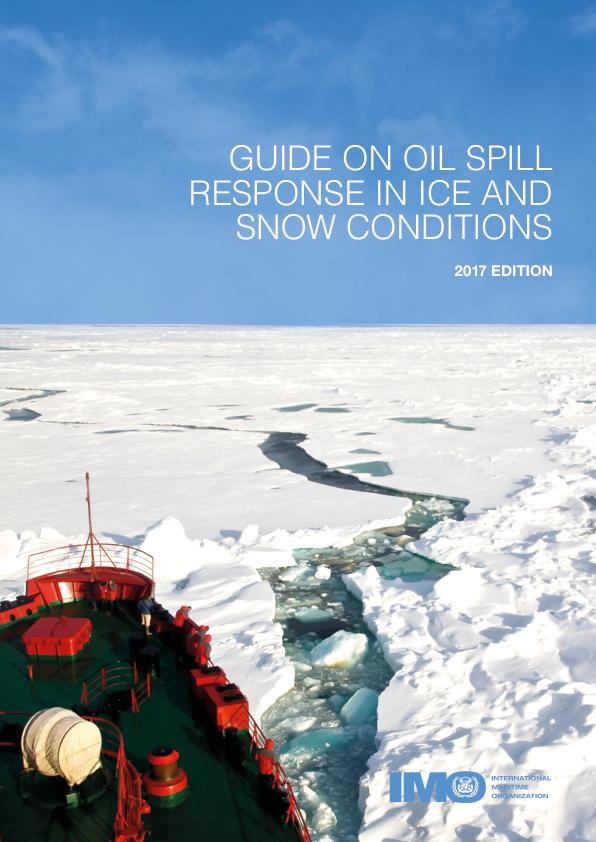
Guide on Oil Spill Response in Ice and Snow Conditions
This Guide aims to identify and describe the key considerations directly associated with a response to a marine oil spill in ice and snow conditions anywhere in the world. By addressing elements of planning and preparedness for marine and coastal oil spills in addition to the fate and behaviour of oil spills in ice and snow as well as potential response strategies and options this guide aims to assist incident managers and decision makers in safely implementing an effective response.
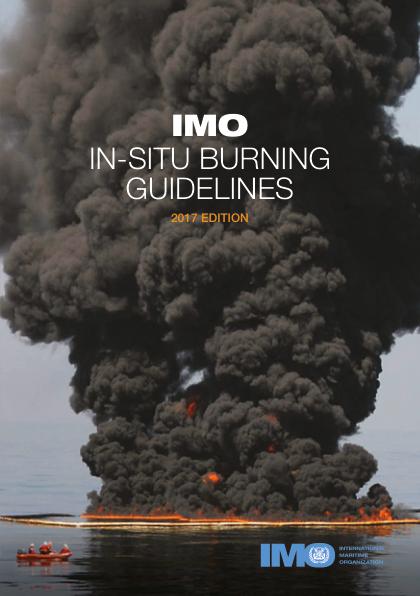
IMO In-Situ Burning Guidelines
These guidelines provide critical information and recommendations for the use of in-situ burning (ISB) on open water in the offshore environment generally 5 kilometres from land and and in ice-covered waters. These guidelines will allow the response community to understand and take full advantage of ISB technology as another tool for improved spill response.
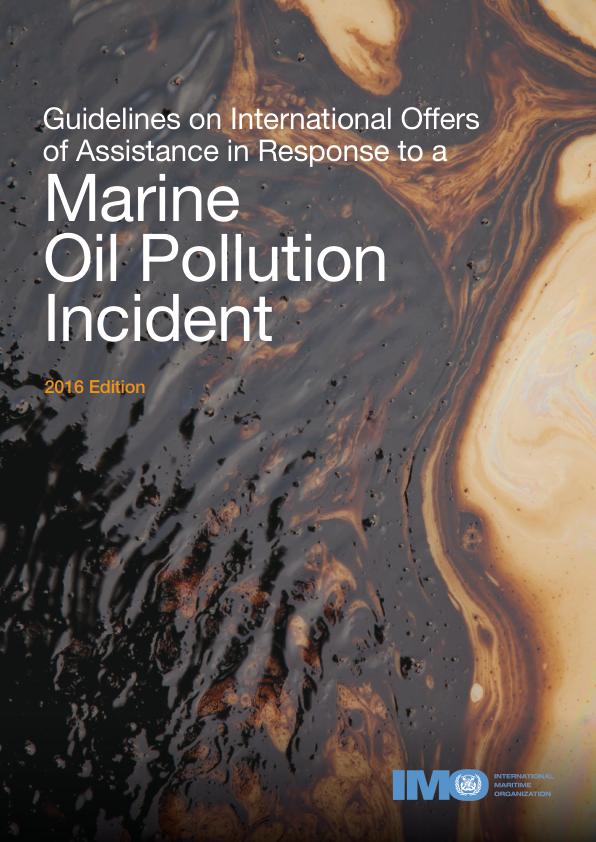
Guidelines on International Offers of Assistance in Response to a Marine Oil Pollution Incident
This publication provides Guidelines on international offers of assistance (IOA) in response to a marine Oil pollution incident and is designed for use by any country particularly parties to the International Convention on Oil pollution Preparedness Response and Co-operation 1990 (OPRC 1990) as a tool to assist in managing requests for spill response resources and offers of assistance from other countries and organizations when confronted with large complex or significant oil spill incidents.
Although developed by a technical group of the IMO these guidelines could be used during large complex or significant oil spills within inland areas as well as marine or coastal environments. While these guidelines can play an important role in the implementation of the OPRC 1990 Convention they are not prescriptive or legally binding and are meant as a tool to assist as needed.
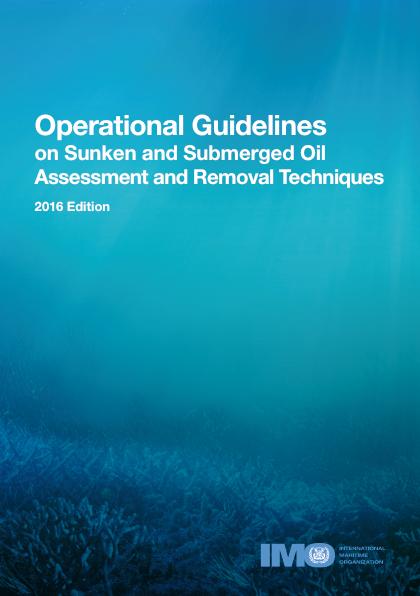
Operational Guidelines on Sunken and Submerged Oil Assessment and Removal Techniques
The aim of the Guidelines is to provide practical guidance for assessing and responding to incidents involving sunken oil. Their scope is confined to sunken and submerged oil and does not include oil on sunken wrecks. The Guidelines also include references to other information sources.
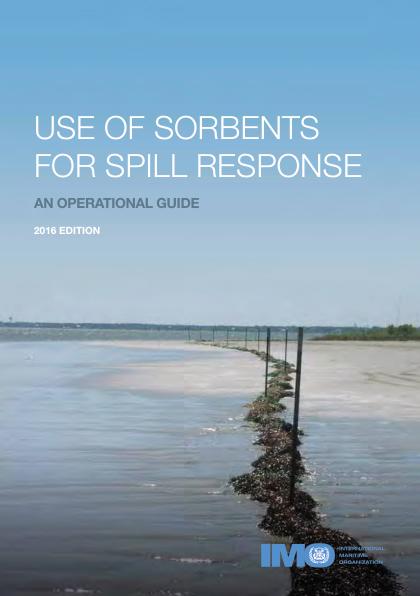
Use of Sorbents for Spill Response
An Operational Guide
This guide aims to provide practical guidance to operators that may consider the use of sorbents as part of response operations to accidental oil or chemical pollution. Subjects covered in the guide include sorbent types specifications particularities regulations deployment techniques waste disposal and precautions of use.
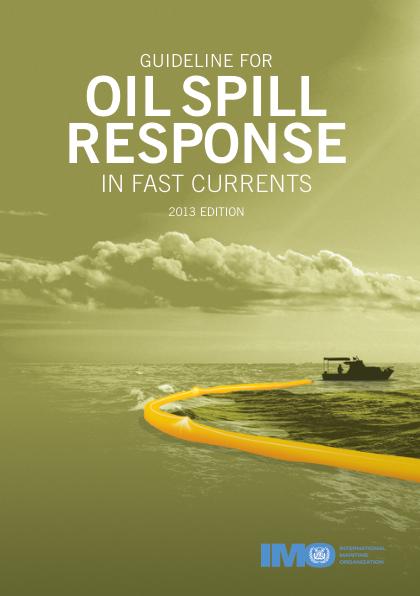
Guideline for Oil Spill Response in Fast Currents
The aim of this Guideline is to provide essential information and a practical aid to oil spill response personnel for the development of response strategies and for the implementation of oil spill containment and clean-up measures in a fast water environment. It is intended for personnel who already have an understanding of the basics of oil containment and recovery using conventional spill response equipment such as booms and skimmers and provide information on the particular considerations and strategies that are required for pollution response in fast currents.
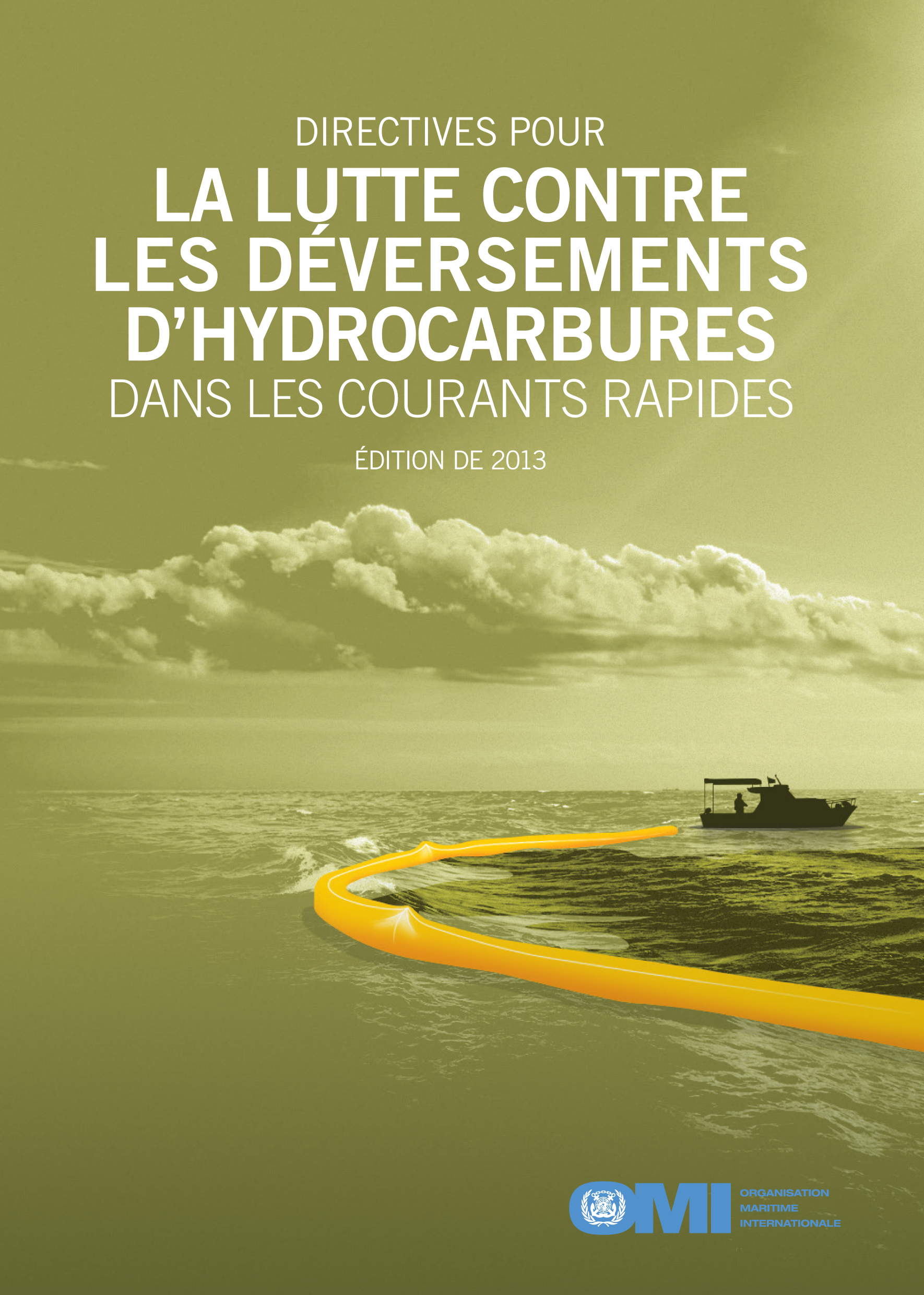
Directives pour la lutte contre les déversements d’hydrocarbures dans les courants rapides
Les présentes directives ont pour objet de fournir au personnel chargé de la lutte contre les déversements d’hydrocarbures des renseignements essentiels et une aide pratique pour l’élaboration de stratégies d’intervention et la mise en œuvre de mesures de confinement et de nettoyage en cas de déversement d’hydrocarbures dans les eaux rapides.
Elles sont destinées aux personnes qui connaissent déjà les principes de base du confinement et de la récupération des hydrocarbures à l’aide du matériel classique de lutte contre les déversements tels les barrages et les écrémeurs et elles contiennent des renseignements sur les aspects à prendre en considération et les stratégies à adopter pour lutter contre la pollution dans les courants rapides.
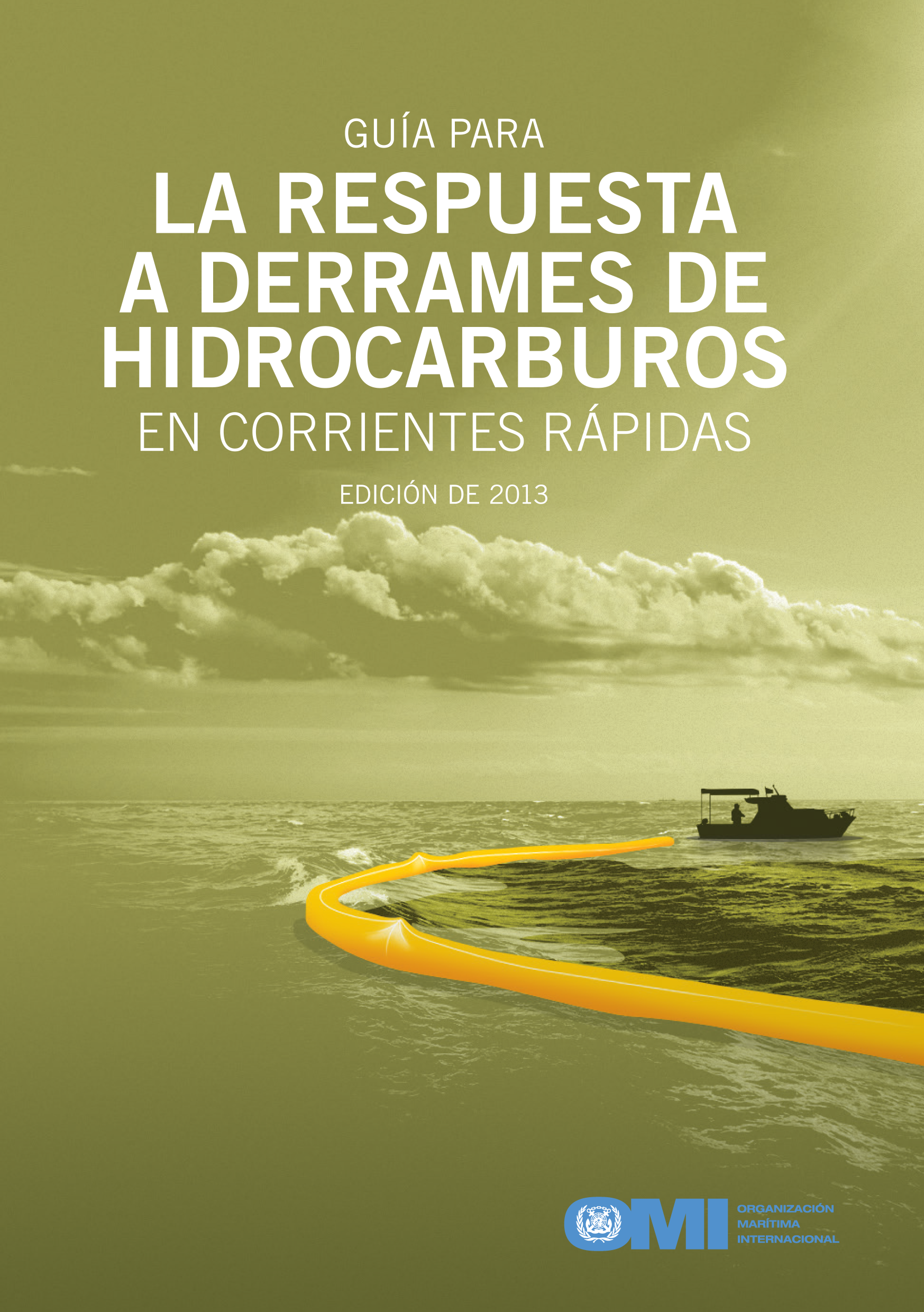
Guía para la respuesta a derrames de hidrocarburos en corrientes rápidas
La presente publicación tiene por objeto proporcionar información esencial y una ayuda práctica para el personal de respuesta en caso de derrame de hidrocarburos a fin de poder elaborar estrategias de respuesta y poner en práctica medidas de contención y de limpieza del derrame de hidrocarburos en entornos de corrientes rápidas.
Está dirigida al personal que ya tiene un conocimiento de los aspectos básicos de la contención y recuperación de hidrocarburos utilizando equipo convencional de respuesta en caso de derrame como las barreras flotantes y las raseras y proporciona información sobre las estrategias necesarias para la respuesta en caso de contaminación en corrientes rápidas.
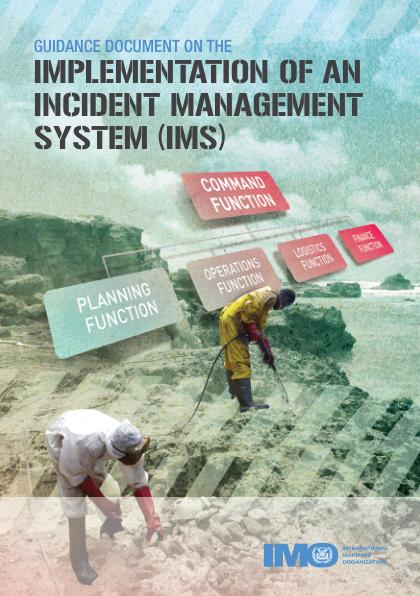
Guidance Document on the Implementation of an Incident Management System (IMS)
This publication prepared by the OPRC-HNS Technical Group and approved by IMO’s Marine environmental Protection Committee provides guidance on the establishment of an incident management system (IMS) for marine pollution incidents.
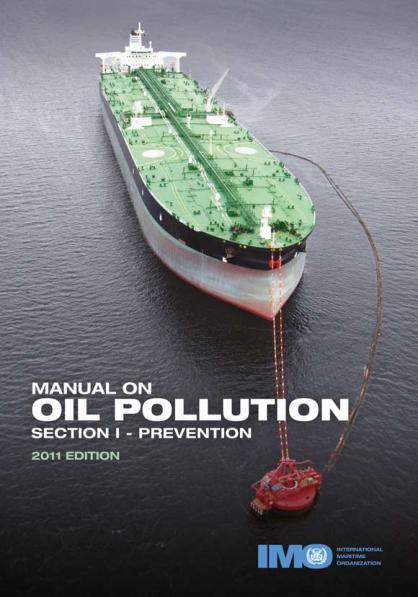
Manual on Oil Pollution: Section I – Prevention
This Section of the Manual on Oil pollution is intended to provide practical guidance related to the prevention of pollution from ships and describes procedures for the handling of oil cargoes bunkering ship-to-ship transfer operations transfer operations involving offshore units and operations in ice-covered waters. It also provides an overview of the various prevention practices as a complement to the more detailed industry standards and Codes of Practice currently available.
The information provided is not intended to supersede or replace any information law or regulation contained in any other publication with respect to the waters and areas to which it pertains.
